The Farm
Historic Brattonsville
Heritage Livestock Breeds at Historic Brattonsville
Historic Brattonsville is home to an award-winning Heritage Farm Program. Demonstrations of historical farming techniques and day-to-day activities are presented by interpreters in period clothing throughout the year.
The farm maintains representative numbers of livestock to interpret the important role they played in the lifeways of historic peoples in the region. The farm currently keeps a flock of sheep, small numbers of poultry, cattle, and pigs.
Join us for animal feedings on Wednesday, Friday, and Saturday at 10:30 a.m.
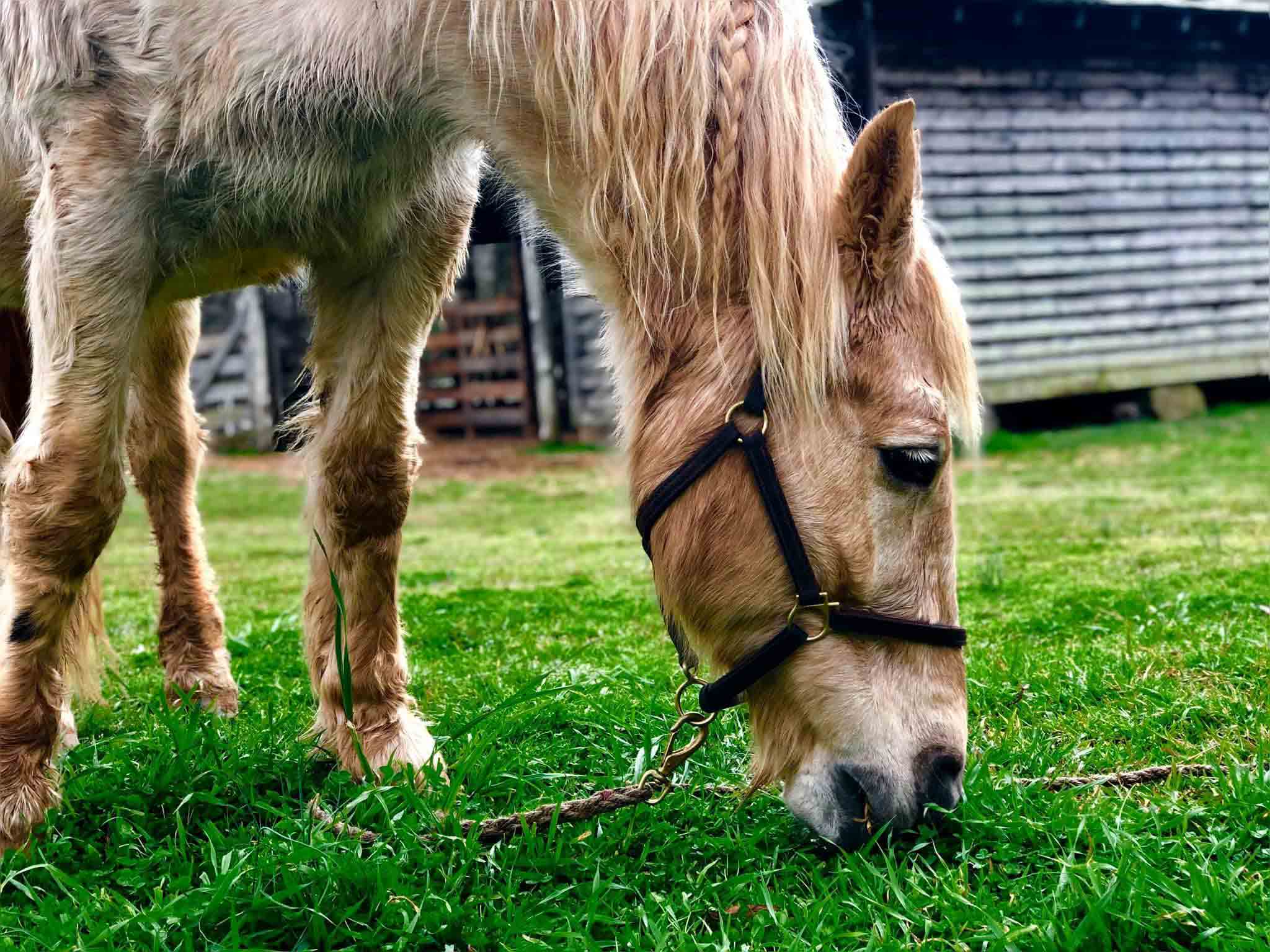
Meet the Animals
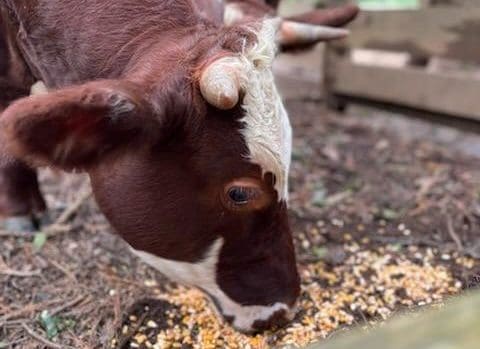
Cattle
Historic Brattonsville has a mixture of cows that consist of Devon and Hereford crosses and Milking Shorthorns. Devon’s are a dual-purpose breed that have high-quality meat and rich milk production. They are brown/reddish in color, have a good temperament, and are excellent foragers. Herefords are generally docile, fast-growing cattle that are good foragers are produce excellent beef. They are reddish in color with white markings generally on the face. Milking Shorthorns are red, red and white, or white and roan in color. They are docile cows that have high milk production and are one of the oldest recognized breeds in the world.
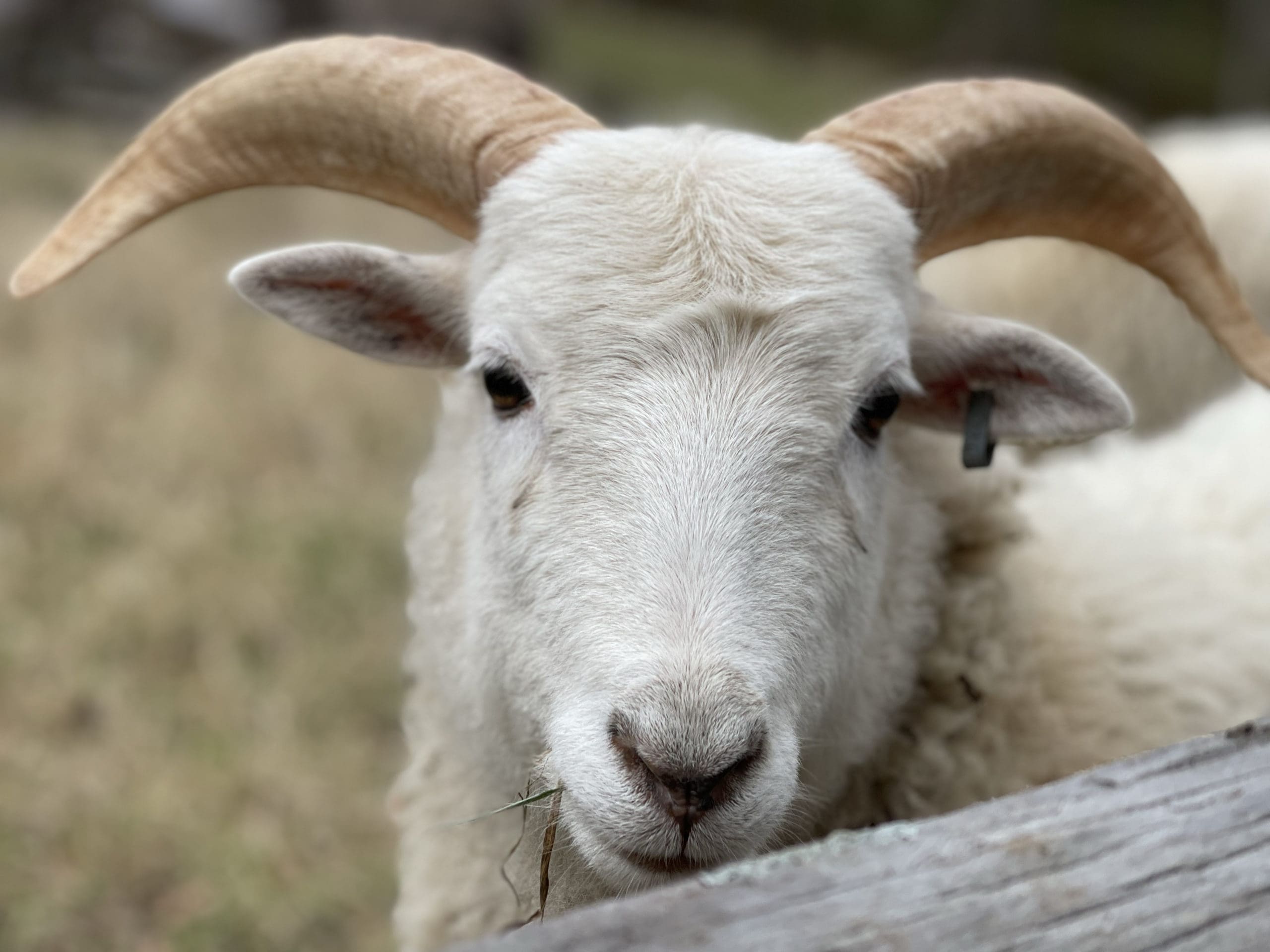
Gulf Coast Sheep
Historic Brattonsville is home to a flock of rare Gulf Coast Sheep. The breed is listed as “critical” by the American Livestock Breed Conservancy because their worldwide numbers are fewer than two thousand. Brattonsville’s Heritage Breed Program is actively working to preserve this unique and important animal. Gulf Coast Sheep are a remnant population descended from Spanish sheep first brought to Florida in the 1500s. With nearly four centuries of free ranging the Gulf Coast region, and strong natural selection, they have developed a great tolerance to heat and humidity and a strong immunity to parasites. Every spring Historic Brattonsville’s ewes have lambs that have been sold to other museums and breeders throughout the United States.
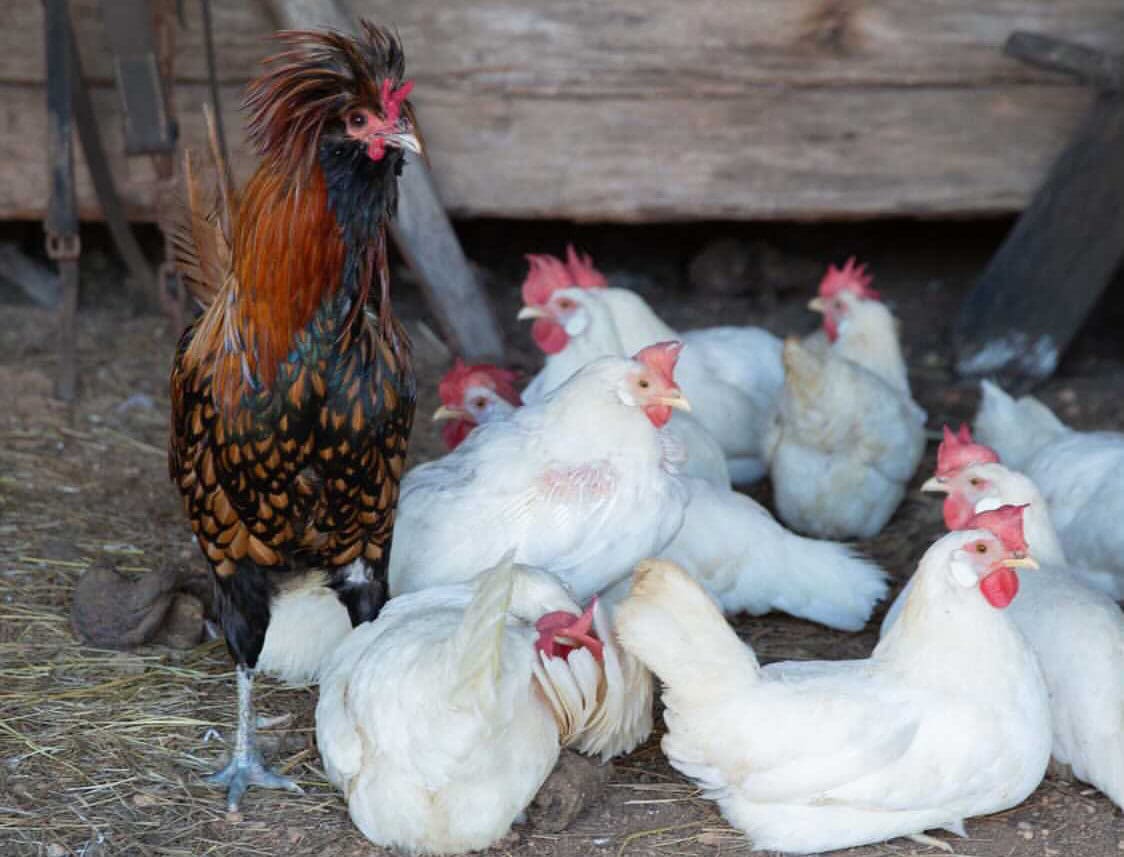
Poultry
Historic Brattonsville’s chickens are a mixture of White Leghorns and Copper Marans. Leghorns can come in several different colors and are prolific egg layers, great scavengers, and very hearty chickens. Leghorns lay a large white egg at a rate of approximately 5 eggs per week per hen. Copper Marans are known for being winter-hardy, gentle birds, and good foragers. Copper Marans are known for having brown/chocolate-colored eggs, and on average will lay 3 eggs per week per hen.
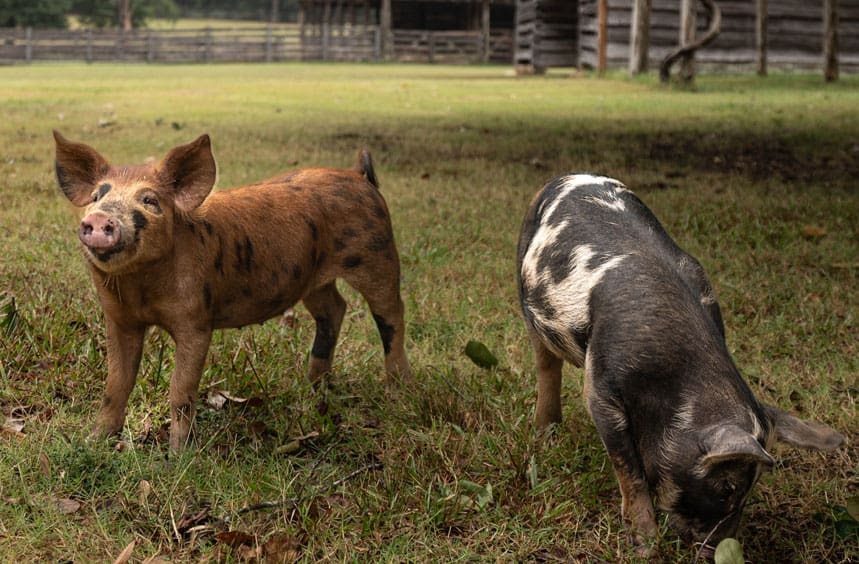
Pigs
Our hogs are a Heritage cross breed hog. They are Tamworth/Berkshire and Mulesfoot/Old Spot cross. In the mid 1850s, a lot of livestock were cross bred due to either availability or to make a better hog. Some breeds we have today were created during this time, while other breeds like the Red Guinea hogs, were bred out to extinction. The hogs we have at Historic Brattonsville are a great example of what you would typically find during the mid 1850s in the Carolina Piedmont.